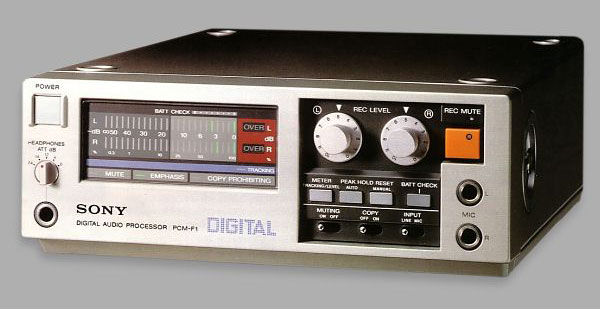Robin L
Master Contributor
How much of this is all in the mind anyway? Right now the chain in my audio system starts with a Topping E30. Subjectively, I'm hearing more than I recall from previous gear. How different is the sound of the Drop 6XX powered by the Topping L30 compared to the Stax Earspeakers powered by an OTL tube energizer/amp I used for the better part of 20 years? Which one told me the truth? I'm older, seems like my sense of activity in the treble range is diminished, or is it that the Stax that was my daily driver has exaggerated highs? My sense is that I'm hearing more individual musical lines with the Drop/Topping combo, though I'm not getting the illusion of "tactile proximity" I got from the Stax' projection of upper mids. How much is anticipating these sorts of improvements from reading a review? How much is it due to playing more music and becoming more aware of harmonic intervals and suchlike? How much is my mood, how much the time of day [listening to Van Morrison around 2:30 am right now, sounding better than I can previously recall], how much is the chemicals running through my body? "Fully transparent" to me means the illusion of the performers in the room with me. But they aren't, and the few times in the past that they were, the sound would be wonky in some other way. So maybe I can't get there from here, due to being familiar enough with the sound of a decent acoustic guitar to know I'm not getting it from any electronic simulacrum of the same. So maybe we're not fully transparent yet.

